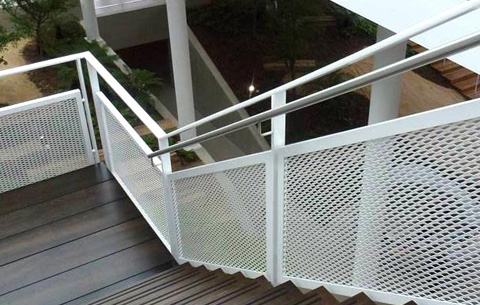Understanding Drainboards An Essential Kitchen Component
A drainboard is an often-overlooked component in modern kitchens and dishwashing areas. Primarily, it serves as a flat surface designed to catch excess water from dishes, utensils, and other items that have just been washed. The fundamental purpose of a drainboard is to provide a convenient place for washed items to air-dry, thereby preventing water from pooling on the countertop and creating a mess.
Design and Functionality
Typically, drainboards are constructed from materials that are both durable and water-resistant, such as stainless steel, plastic, or tempered glass. Their design usually features a sloped surface that directs water towards a sink or drain, facilitating efficient drainage and minimizing the risk of water damage to surrounding surfaces.
Many drainboards come as an integrated part of a sink, making it easier to wash and dry dishes without needing to transfer them to another surface. Others are standalone units that can be placed beside the sink, allowing for flexibility in kitchen layout and organization. Some designs even incorporate compartments for organizing utensils or housing small dish racks, further enhancing their functionality.
Benefits of Using a Drainboard
1. Space Management In kitchens where counter space is at a premium, a drainboard can maximize the utility of limited space. By providing a designated area for drying dishes, it helps keep the countertop tidier and more organized.
2. Hygiene A dedicated area for drying dishes can contribute to better hygiene. By ensuring that water drains away efficiently, it reduces the likelihood of water pooling, which can harbor bacteria and lead to unpleasant odors.
3. Protecting Surfaces Regularly washing dishes can lead to water damage on countertops. A drainboard mitigates this risk by channeling excess water away, thus prolonging the life of kitchen surfaces.
what is drainboard

4. Enhanced Drying Items placed on a drainboard can dry more effectively compared to being left in a sink or on an absorbent towel. The airflow around the dishes promotes quicker drying, which is especially beneficial for items that tend to retain moisture.
Choosing the Right Drainboard
When considering a drainboard for your kitchen, it's important to think about both functionality and aesthetics. Here are a few factors to keep in mind
- Size Ensure the drainboard fits the dimensions of your sink and countertop area. Measure available space before making a purchase.
- Material Choose a durable, easy-to-clean material that complements your kitchen’s decor. Stainless steel is often favored for its sleek appearance and resistance to stains, while plastics may offer more vibrant color options.
- Style Consider the overall style of your kitchen. Modern, minimalist kitchens may benefit from sleek and simple drainboards, while traditional kitchens might look better with more ornate designs.
- Additional Features Some drainboards come with added features like integrated dish racks, utensil holders, or non-slip bases. Evaluate your needs to find the most functional design for your kitchen.
Conclusion
A drainboard is an integral part of kitchen workflow, which often flies under the radar. Its roles in moisture management, hygiene, and space efficiency make it a valuable tool in maintaining a clean and organized cooking environment. By understanding the importance of a drainboard, homeowners can make informed choices that improve both the functionality and aesthetics of their kitchens. Whether integrated into the sink or a standalone unit, investing in a quality drainboard is a decision worth considering for any home cook looking to enhance their culinary space.
-
Comprehensive Guide to Steel Grating Price and Its Global Impact
NewsNov.24,2025
-
Understanding Heavy Duty Steel Grating Price: Global Insights & Industry Trends
NewsNov.23,2025
-
Essential Guide to Wire Mesh Grating: Uses, Benefits & Innovations
NewsNov.23,2025
-
Welded Steel Bar Grating: Durable Solutions for Industrial Walkways & Infrastructure
NewsNov.22,2025
-
Wedge Wire Drain Solutions: Durable, Efficient Water Filtration and Drainage
NewsNov.22,2025
-
Comprehensive Guide to Twisted Bar Grating – Uses, Benefits & Future Trends
NewsNov.22,2025
Subscribe now!
Stay up to date with the latest on Fry Steeland industry news.

